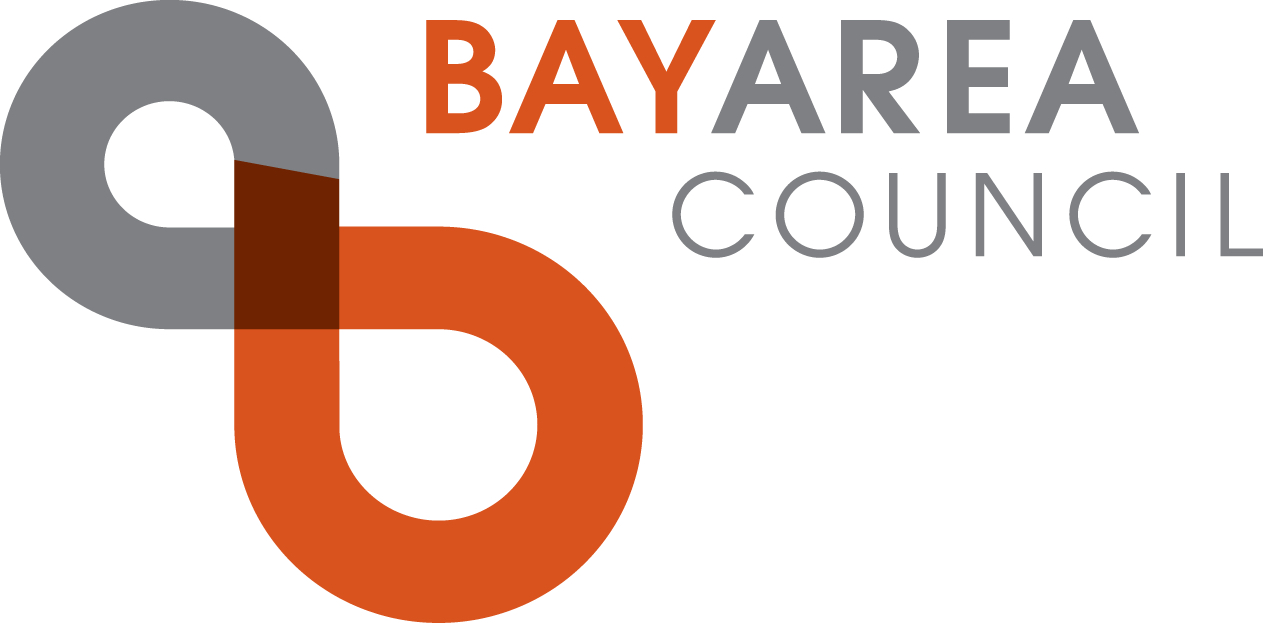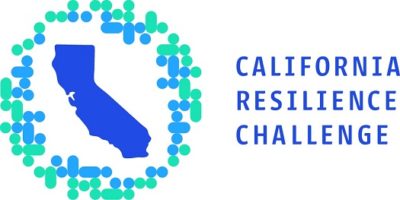How an Earthquake and a Helicopter Ride Led to Regional Water Transit
The creation of the Bay Area’s modern-day regional water transit service may have all started with an earthquake and a helicopter ride. Renowned Bay Area real estate developer Ron Cowan was flying to Alameda in his personal helicopter on Oct. 17, 1989 when the Loma Prieta earthquake struck. Passing over the collapsed upper deck of the Bay Bridge, Cowan had an epiphany that would soon lead him to the Bay Area Council and the birth of a partnership that would launch an audacious effort over two decades to build a world-class regional water transit system.
Cowan’s leadership as a water transit visionary will be celebrated on Thursday, Dec. 13, 2018 when the Water Emergency Transportation Authority (WETA) cuts the ribbon on the new Ron Cowan Central Bay Maintenance and Operations Facility in Alameda. The complex is a key part of a massive expansion of regional ferry service that is fast reviving a form of mass transit that in the early 20th century carried more than 55 million passengers a year.
“Regional ferry service wouldn’t exist today without Ron’s vision and the partnership he forged with the Bay Area Council those many years ago to make it happen,” said former San Francisco Mayor Willie Brown Jr., who was a close friend of Cowan and played an instrumental role in the evolution of WETA over the past 20 years. “It’s an incredible story of how leadership, determination and hard work can move mountains. We’re well on our way to building a regional water transit system that will rival the best in the world.”
As Cowan’s helicopter hovered above the crippled span that fateful day, he thought about the important role ferries could play in helping the region respond to natural disasters and other emergencies. Cowan, who regularly commuted by helicopter to Alameda from his home in Tiburon, already understood the power of ferries to serve as an alternative to traffic-congested freeways and bridges. In the mid-1980s, Cowan had launched his own demonstration high-speed hovercraft service connecting the 900-acre Harbor Bay Isle planned community he was building in Alameda with San Francisco. The service carried 25,000 passengers during its two years of operation.
“The concept of the Bay as a transportation spine was reinforced every day during my flight to work,” Cowan recalled in a 2000 interview with water transit champion and Bay Crossings publisher Bobby Winston. Cowan died in January 2017 at 82. “I would get up to 5,000 feet and look down on the Bay Area, and it became obvious to me that the Bay was a wonderful transportation spine connecting the entire region—and it was practically empty.
“This vision was reinforced when I would travel to other parts of the world, particularly Hong Kong, Sydney and Vancouver, demonstrating how other metropolitan areas had taken advantage of their waterways to develop regional transportation systems,” Cowan told Winston. “I often thought that when I had the time, I would like to lead the charge to create such a system.”
Cowan’s longtime friend, then-state Assembly Speaker and future San Francisco Mayor Willie Brown Jr., encouraged him to work with the Bay Area Council and leverage the group’s regional leadership and considerable expertise in transportation policy to bring together the right people to translate the vision into reality. Then-state Assemblymember Don Perata and state Senate President Bill Lockyer were also closely involved.
“Ron Cowan had a deep passion and driving energy to advance a bold vision and compelling concept for a high-speed water transit system in the Bay Area,” said Sunne McPeak, who served as Bay Area Council CEO from 1996 to 2004.
Starting in 1996, McPeak began focusing the Council on achieving Cowan’s vision. She convened top transportation experts and regional stakeholders in a series of conversations to explore the idea of building a comprehensive regional water transit system. From that work, the Legislature the following year approved a resolution formally directing the Council to form a Blue Ribbon Water Transit Task Force comprised of 52 Bay Area leaders representing government, business, labor, environmental organizations and community groups. Cowan chaired the Task Force along with Co-Chairs Willie Brown and Jerry Brown. Over the next two years, the Task Force would develop an action plan calling for the creation of a robust water transit system and leading to legislation by Perata authorizing the formation of the San Francisco Bay Area Water Transit Authority (WTA) in 2000.
The action plan called for a regional ferry system with 28 terminals, 20 routes and 75 vessels capable of carrying 15 to 20 million passengers per year. At the time, the Bay Area had just six ferry routes with 3.5 million annual riders.
“Our studies made it clear that a comprehensive regional water transit system is the last and perhaps most important piece in the puzzle of creating a truly integrated regional transportation system,” Cowan told Winston in the Bay Crossing interview. “This new water transit system would add invaluable mobility to the entire region.”
The structure was now in place, but there was no funding. Over the next four years, the Council worked with the fledgling WTA and other leaders on a regional plan to invest millions to address the Bay Area’s growing traffic problem. Voters in 2004 approved Regional Measure 2, which provided the WTA with the initial funding it needed to begin buying and operating ferry vessels and building the terminals and other infrastructure needed to operate them.
Another natural disaster in 2005 would further transform and propel regional water transit in the Bay Area. Hurricane Katrina devastated New Orleans and highlighted our extreme vulnerability to such disasters. Cowan, who almost two decades earlier had foreseen the role of ferries in regional disaster response, would again emerge as a leading architect in crafting WTA’s next chapter.
Cowan was appointed chair of a Blue Ribbon Task Force that then-Senate President Perata directed the Bay Area Council to establish under the leadership of CEO Jim Wunderman to examine the role of water transit in disaster response and recovery. The group included San Francisco International Airport Director John Martin.
“Ron Cowan was a true visionary. He envisioned the vast potential of water transit in the Bay Area regional transit system,” Martin said. “He also saw the vulnerability of the region’s transportation system in the event of a major earthquake, and the essential role water transit could play in the region’s recovery.”
The Council would later urge Perata to include $250 million in Proposition 1B to expand WTA’s mandate as a vital part of the region’s disaster response and recovery capability. Voters approved Prop 1B in November 2006, the same year that the Task Force recommended changes to WTA that would encompass its new disaster response role. The transition was formalized in 2007 when the legislature approved a bill by Sen. Tom Torlakson changing the WTA to the Water Emergency Transportation Authority (WETA). A report authored by former Council transportation policy chief Michael Cunningham would provide the framework for WETA.
Throughout this period, the Council has remained a chief advocate and partner. Gov. Jerry Brown appointed Council CEO Wunderman to serve on the WETA Board of Directors in 2015, the year before WETA approved a bold plan to dramatically expand ferry service over the next 20 years. The plan calls for increasing the size of WETA’s fleet from 12 vessels to 44, expanding the number of terminals from seven to 16, and growing ridership from 7,500 passengers a day to almost 40,000. New routes will criss cross the Bay, with new terminals stretching from the North Bay to Silicon Valley.
To provide additional funding for WETA, the Council partnered with the Silicon Valley Leadership Group and SPUR in 2017 to pass Regional Measure 3, which included $300 million in funding for new vessels, terminals and other infrastructure and $35 million annually for operations. The Ron Cowan Central Bay Maintenance and Operations Facility opening on Dec. 13 is just one of the projects that will benefit from RM2 and RM3.
“Ron saw the potential for bringing back ferries as critical elements in our transportation system,” Wunderman said. “His dream – a comprehensive regional water transit system – will be reality, due in large part to his vision and dedication to the people of Alameda and commuters throughout the greater Bay Area. The entire region can be thankful to Ron for adding significantly to transbay ferry capacity and for being a fierce advocate for WETA’s role in both transportation and emergency response.”





